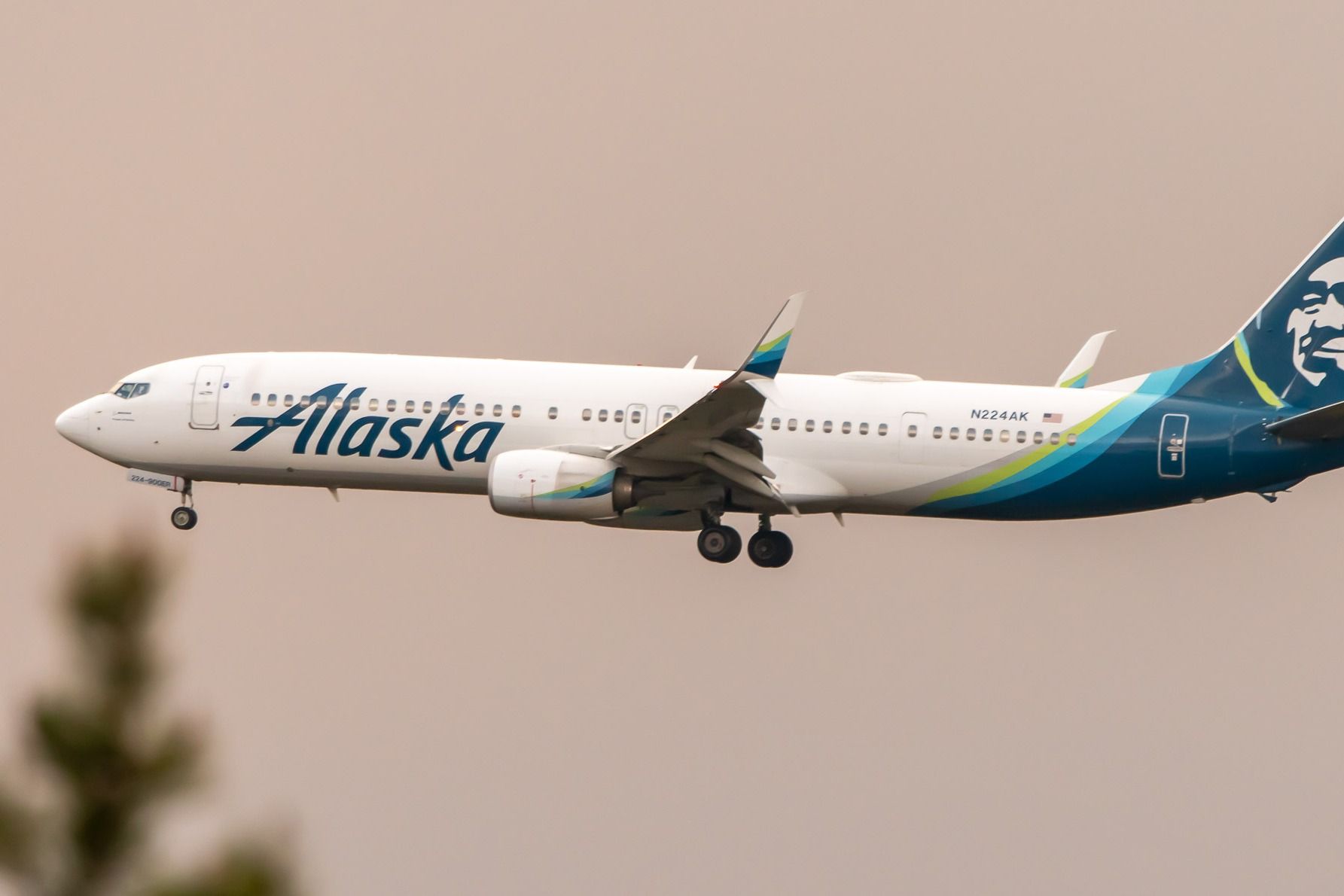Summary Alaska Airlines has renewed its partnership with Air Space Intelligence to optimize flight paths and reduce emissions. Flyways AI analyzes data such as weather & air traffic to provide safe routes and comply with regulations. Alaska aims to be the most fuel-efficient US airline by 2025.
Seattle-based Alaska Airlines has been using artificial intelligence (AI) to ensure every flight is safe and efficient. On Friday, the carrier announced that it has renewed its partnership with Air Space Intelligence (ASI) to optimize its flight paths and reduce emissions. ASI has collaborated with Alaska over the last four years, providing optimization opportunities for over half of the carrier’s flights on average.

Last year was a milestone for the airline as it reportedly saved over 1.2 million gallons of fuel thanks to ASI’s technology. Finding the best possible routes Flyways AI, a unique platform created by ASI, “utilizes advanced algorithms and machine learning to analyze vast amounts of data,” according to Alaska.
The data could include weather patterns, wind conditions, turbulence, and any constraints in the airspace, such as traffic volume. The technology then compiles recommendations for a safe and optimized route to dispatchers and pilots. Controllers will be scheduled shifts between 10 and 12 hours apart when the agreement goes into effect.
When generating the suggestions, Flyways AI also ensures that the route complies with air traffic control (ATC) regulations, provides reduced fuel consumption, and minimizes flight time. Additionally, the technology considers congested airspaces, providing recommendations to potentially avoid traffic-related delays. “Excellent service to our guests” Captain Bret Peyton, Alaska’s Managing Director of Network Operations Control, spoke about how Flyways AI is an integral tool for the airline.
“It can be challenging to deal with unpredictable factors like weather, traffic, and timing, but we always strive to find the best solutions. That’s why we are grateful to have Flyways AI to help us optimize our routes, save fuel, and reduce carbon emissions. Flyways AI gives us more confidence and flexibility in our decisions and allows us to focus on delivering excellent service to our guests.
” Most fuel-efficient US carrier? Throughout the collaboration, Flyways AI has helped optimize 55% of Alaska flights on average, while providing three to five percent fuel savings and reducing emissions for flights longer than four hours. Conserving more than 1.2 million gallons of fuel in 2023 was equivalent to 11,958 megatons of CO2 emissions , giving Alaska the hope of becoming the most efficient airline in the US.
“The savings Flyways delivers helps us work toward our near-term goal of being the most fuel-efficient U.S. airline by 2025, and long-term goal of net zero carbon emissions by 2040,” the carrier explained.
Alaska operates an all- Boeing 737 fleet among its mainline operations. The carrier’s most fuel-efficient aircraft include the 737 MAX 8 and MAX 9. The latter was first delivered in early 2021 and has been deployed on some of the airline’s longest flights, such as between Seattle–Tacoma International Airport (SEA) and Lynden Pindling International Airport (NAS) in Nassau, Bahamas.
The seasonal route exceeds 2,880 average miles, according to aviation data and analytics provider Cirium . “We are excited to continue working with ASI to expand the use of Flyways AI across our network and explore new ways to leverage AI to enhance our operations and service,” Alaska said. “We believe that Flyways is a game-changer for the aviation industry and a win-win for our guests, our employees and our planet.
” Using the data to comprehensively understand the factors that lead to high-risk operations will be crucial for the FAA..



















